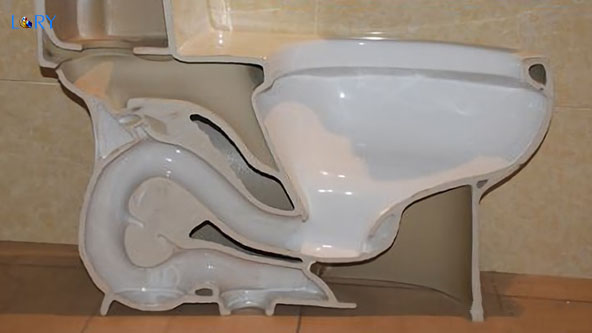In the bathroom, the most water-consuming sanitary ware is the toilet. Of course, taking a bath is not included.
Therefore, the purchase of sanitary ware plays a large role in energy conservation and environmental protection.
If you can master the tips for purchasing sanitary ware toilet, you will be able to save money and effort twice as much!
First: appearance selection
At present, there are two types of toilets on the market in appearance, one is one-piece type and the other is split type.
As the name suggests, the one-piece type means that the water tank and toilet are connected together.
The exterior lines are smooth and the design is fashionable and beautiful.
The return bay is closed, making it easy to clean and avoid sanitary dead corners.
However, because the manufacturing process of one-piece toilets is more complicated, the price is higher than that of split toilets.
The split toilet occupies a small volume and is suitable for bathrooms with small spaces.
The biggest difference between the one-piece toilet and the split toilet is that the one-piece toilet generally adopts the siphon flushing method based on its appearance and structure.
It uses the principle of pressure difference to greatly improve the flushing rate while also saving water consumption.
The split type generally uses 3/6 liter direct flushing, using the water flow drop for flushing.

Second: Look at the internal structure
Generally, the return bays of sanitary ware are glazed because the smooth surface of the glaze can drain away sewage and dirt.
However, some toilets only use gaskets with low elasticity and poor sealing performance.
Such toilets are very easy to block, and in severe cases, they may even lead to water leakage.
If the interior is not glazed, it is particularly important to check the sealing gasket.
If rubber or foam plastic sanitary ware is used to ensure its elasticity and sealing, it is barely usable.

Third: Look at after-sales service
When purchasing, warranty and installation services should be carefully implemented in the contract to avoid future disputes.
Generally, sanitary ware sellers on the market have a complete set of after-sales services, which can provide consumers with free installation, 3 to 5-year warranty and other services.
During the warranty period, manufacturers are responsible for free repairs and replacement parts.